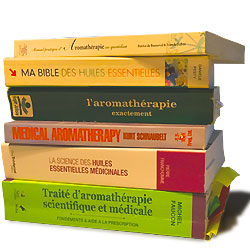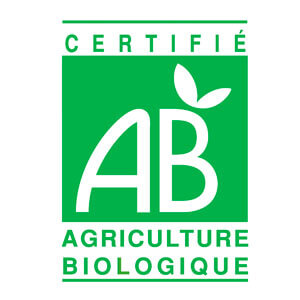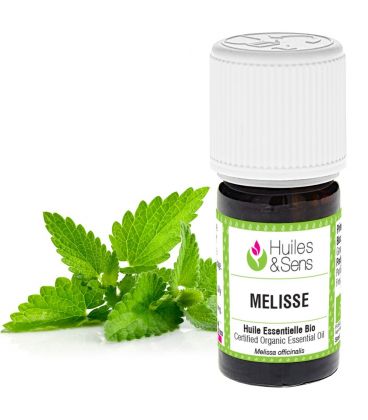
Lemon balm essential oil organic : Uses in aromatherapy
- Lemon balm essential oil organic (0.5 ml) + Ylang Ylang essential oil II (organic) (1 ml) + Sweet Marjoram essential oil (organic) (0.5 ml) + Tarragon essential oil (0.5 ml) + Petitgrain essential oil (organic) (1 ml) + Jojoba Oil (organic) (30 ml) . Apply to the solar plexus 3 to 4 drops of this mixture 3 times a day.

Hyperventilation syndrome (HVS)
: - Lemon balm essential oil organic (2 ml) + Lemon essential oil (organic) (2 ml) + Basil exotic essential oil (organic) (2 ml) + Sweet almond oil (organic) (5 ml) . Mix these ingredients in an amber opaque bottle and massage the plexus with 3 drops in case of nausea. You can also directly inhale from the bottle.

Nausea
: - Lemon balm essential oil organic (2 drops) + Lemon essential oil (organic) (2 drops) + Basil exotic essential oil (organic) (2 drops) + Peppermint essential oil (organic) (2 drops) . Pour all oils in a bottle. Inhale when you do not feel well. You can also massage the chest with this mixture (no more than 2 to 3 drops).

Sea sickness
:
Propriétés: analgesic, antiallergenic, antifungal, antiinflammatory, antiviral, bactericide, cholagogue, hypotensive, immune regulator (-), litholytic, lymphatic and venous decongestant, sedative
Contraindications
Do not use pure essential oil on the skin (causes inflammation). Not to be used by pregnant or breast-feeding women.
Warnings: Use with caution. All the essential oil information available on our website (dosage, association, indications) has been gathered from a number of aromatherapy reference books written by medical researchers. This information should not however be taken as a substitute to a professional medical advice and, for that matter, does not engage our responsibility: CENTIFLOR is not liable for any accidents, injuries or prejudices whatsoever caused to anyone practicing auto-medication on the basis of the information available on this website.



































